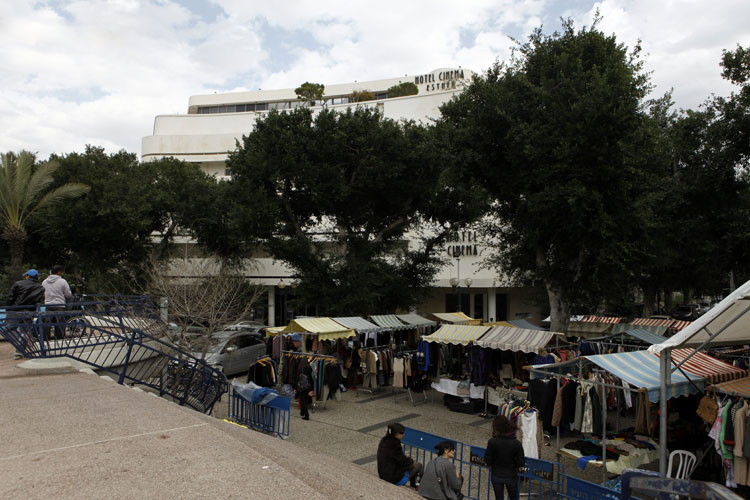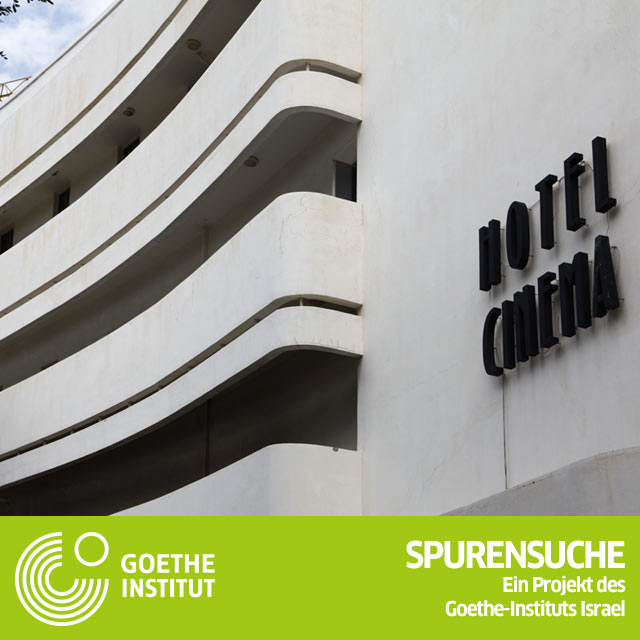Bauhaus architecture in Tel Aviv
One building can only be representative of thousands of other examples of Bauhaus architecture here. In this respect, Tel Aviv is the biggest open-air museum of all. In 2003 the city was declared a world heritage site by Unesco because of this unique treasure. As a result local interest was aroused in this essentially formative era at last. People began to restore and renovate buildings that had been constructed in the 1930s.
In those days, Tel Aviv, which was established in 1909, was undergoing rapid growth. Up to the Second World War it had around 100 000 inhabitants. The new arrivals included many architects, graduates of the best schools of architecture in Europe, particularly Germany, including the German Bauhaus School in Dessau that was closed by the Nazis in 1933. Now the exiles were allowed to build again in Tel Aviv. A total of 4000 buildings were constructed at this time.
German Traces in Israel
A project by the Goethe-Institut Israel
Author: Gisela Dachs
Photos: Noa Ben-Shalom



